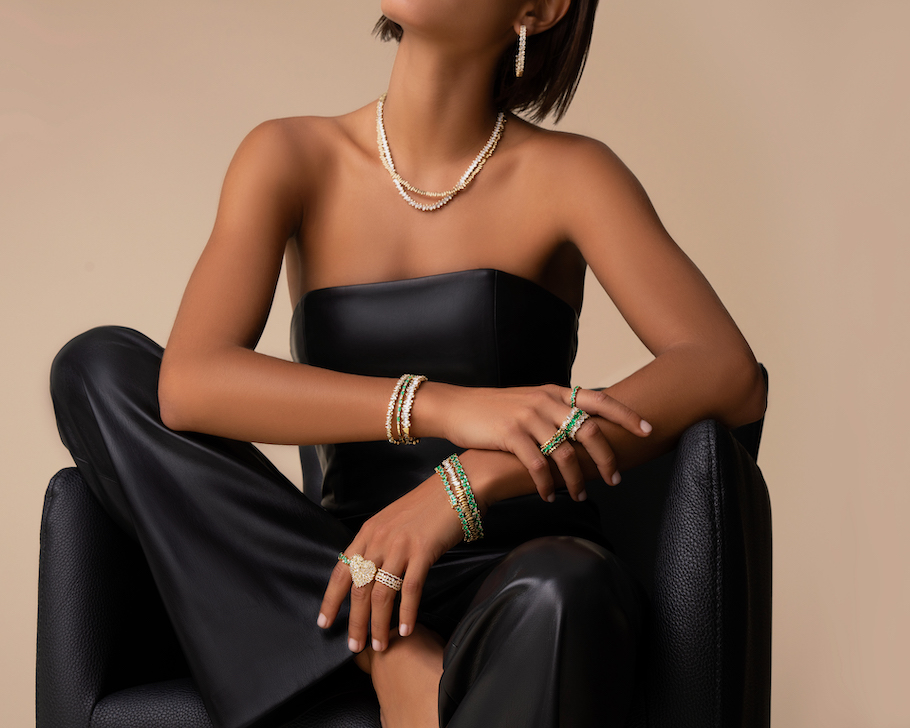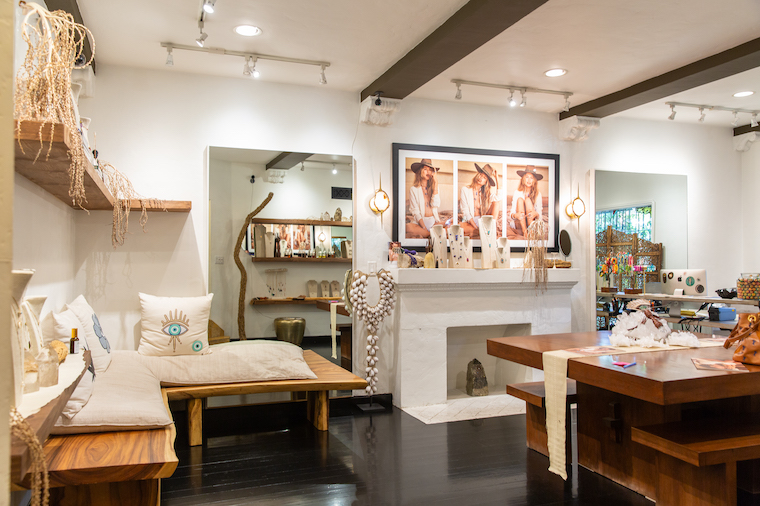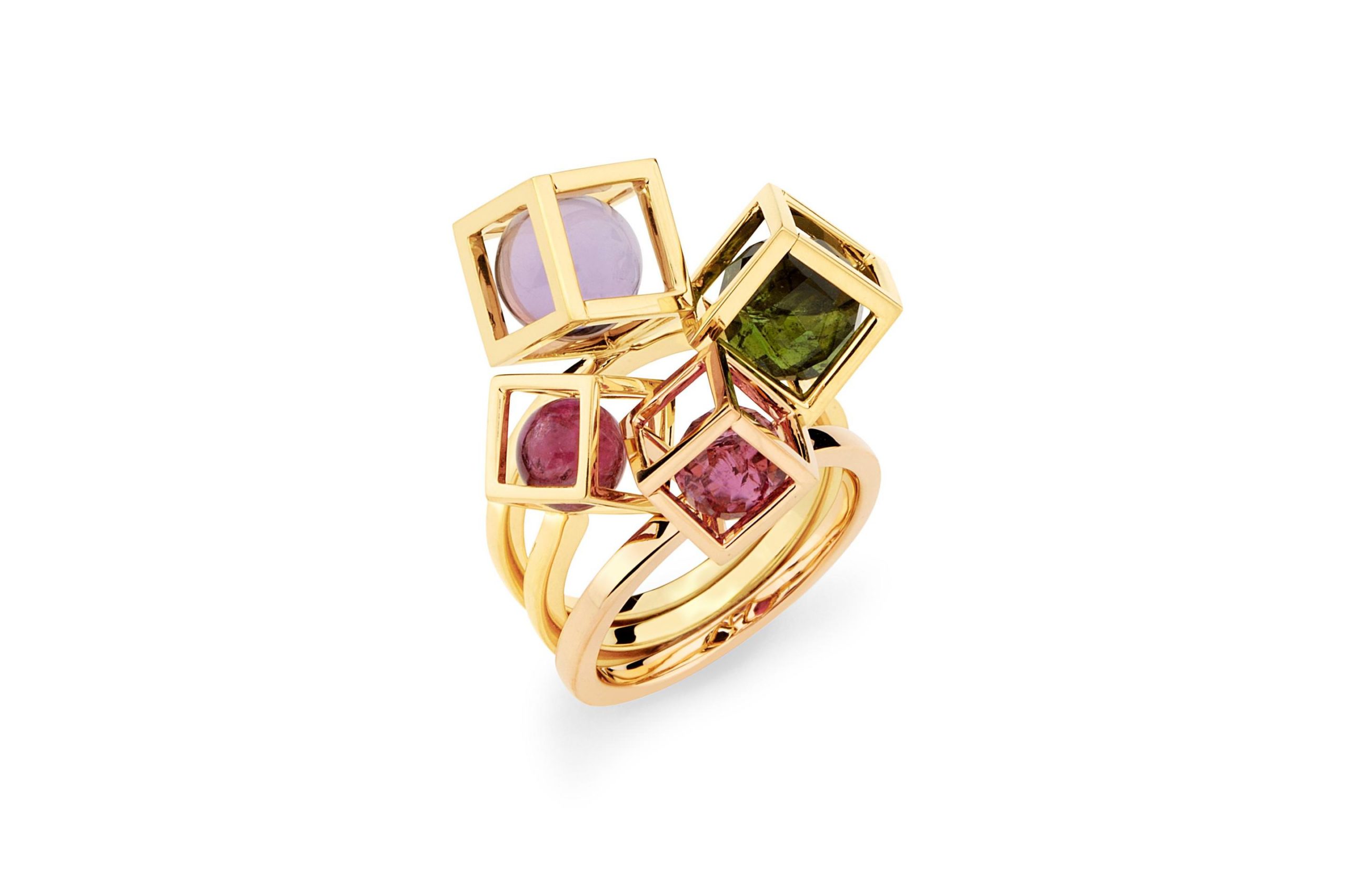It started with a cowrie shell—a symbol of abundance. The French-Beninese designer Catherine Sarr’s subsequent Almasika Fine Jewelry line is a contemporary twist on a spiritual talisman. Launched in 2014 at Colette in Paris, the collection is handmade from 18-carat gold and conflict-free, natural diamonds. After a brief hiatus, the birth of her children, and a move to Chicago, Sarr is relaunching the brand with new pieces that play with lines, curves, and silhouettes.
Whitewall spoke with Sarr about jewelry’s attachment to memory, and how the work of artists like Haegue Yang inspire her designs.
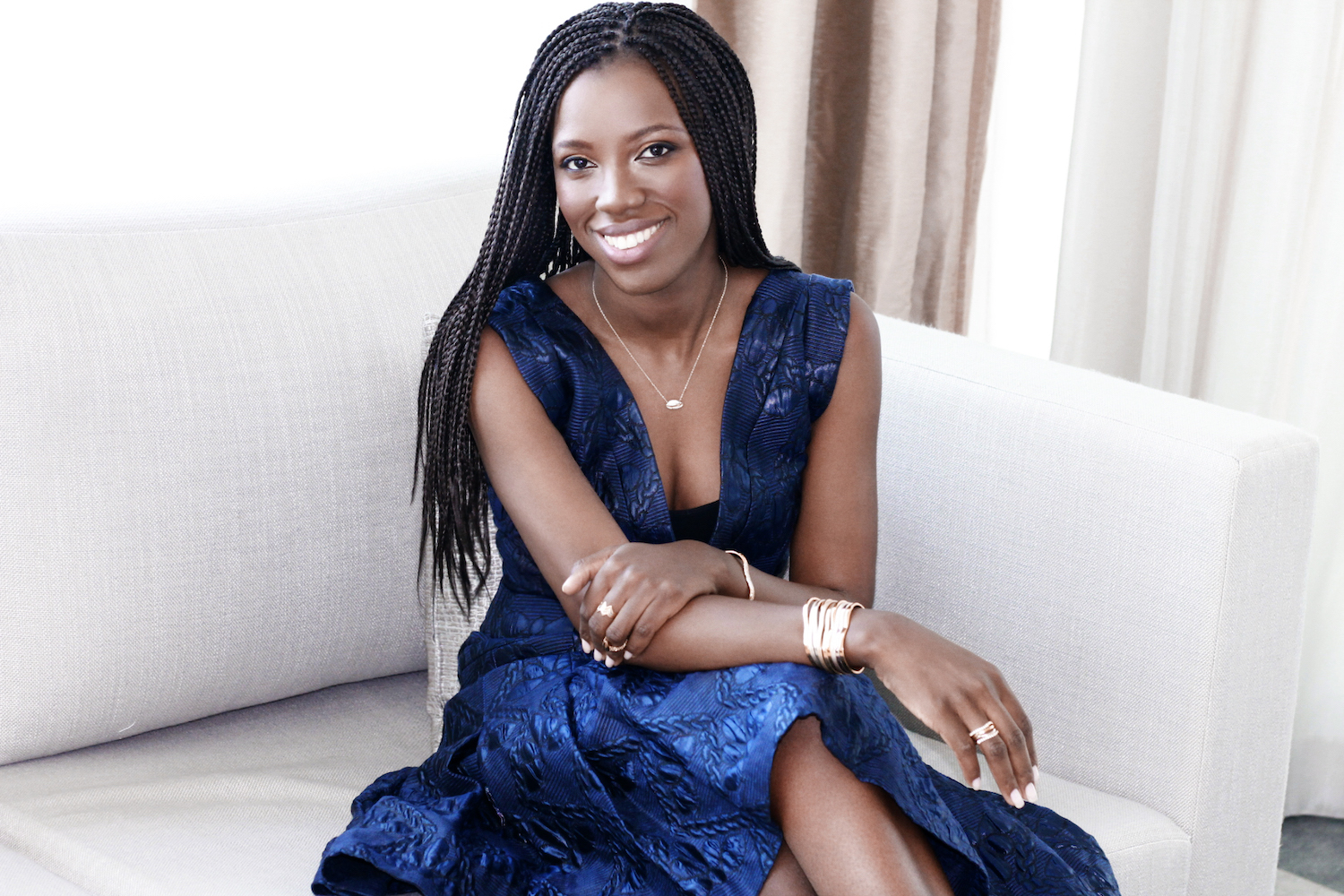
Catherine Sarr of Almasika.
WHITEWALL: From where does your passion from jewelry stem?
CATHERINE SARR: Growing up in France, jewelry has always been part of my life. I received my first piece at birth from my mother. It was a pair of earrings which I wish I had kept. Jewelry becomes part of you, grows with you, and is part of your everyday life. It’s also part of special moments, marking your life. I remember vividly being given specific jewelry to wear to attend family reunions and religious ceremonies. My mother would pick different sets of mostly plain gold jewelry that I would wear with a sense of pride and belonging.
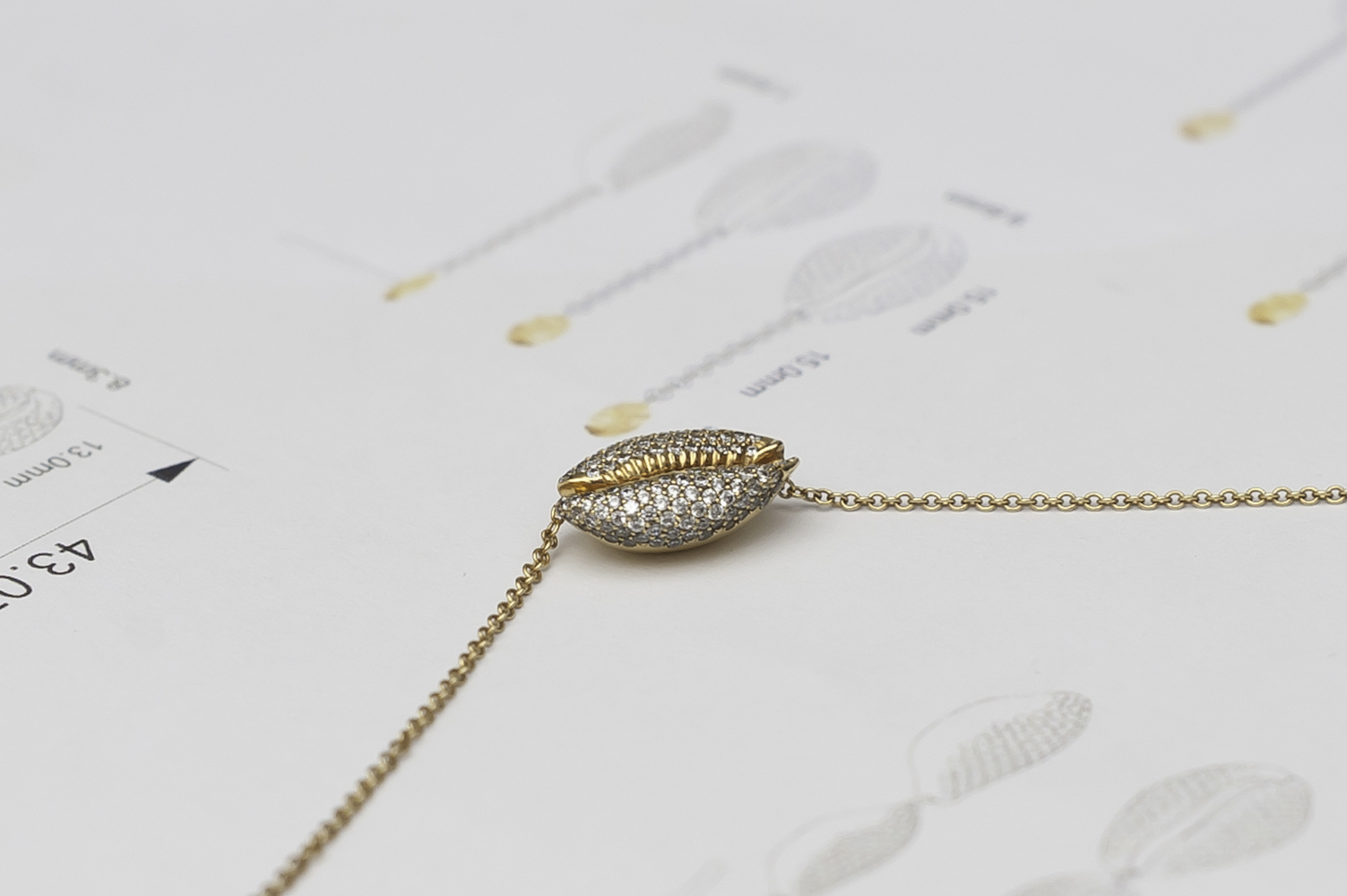
Courtesy of Almasika.
Ever since, I have always been fascinated as to why it is an adornment yet also a marker of our memories that then becomes a talisman. The true value of jewelry is what it means for you, which ultimately could be separated from the intrinsic value of ornaments.
WW: Where do you start when designing a piece? Is it a sketch, a stone, a material?
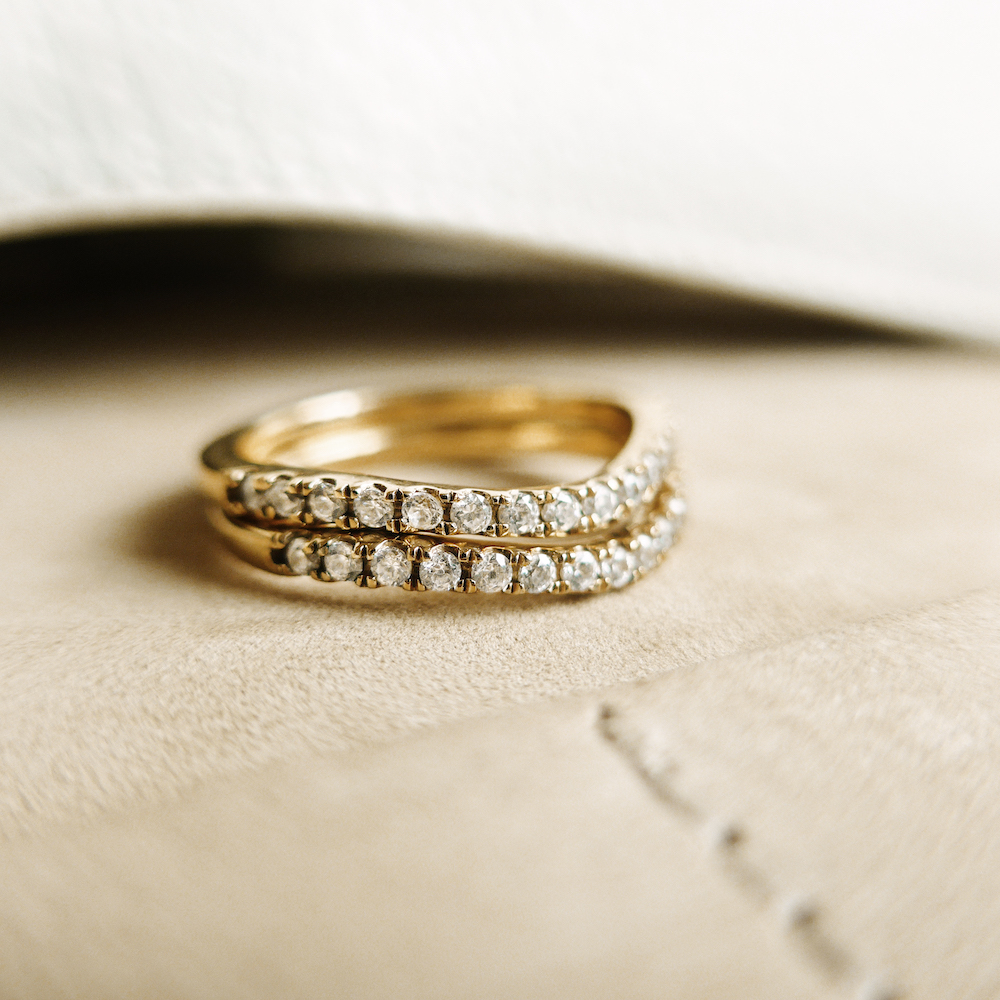
Courtesy of Almasika.
CS: It is an iterative, process embracing inspirations from a plethora of sources. From reading a book by the fireplace to letting my mind flow in captivating art pieces to conducting in-depth research on forms, symbols and stories that transcends cultures—all those elements can trigger the design of a new piece for me. So, before there is any sketch on a napkin at the restaurant, there is often a story or stories that I am picturing in my head. Then I let the first sketches capture the story.
WW: Contemporary art, history, and culture are sited as inspirations for you. What has inspired you recently?
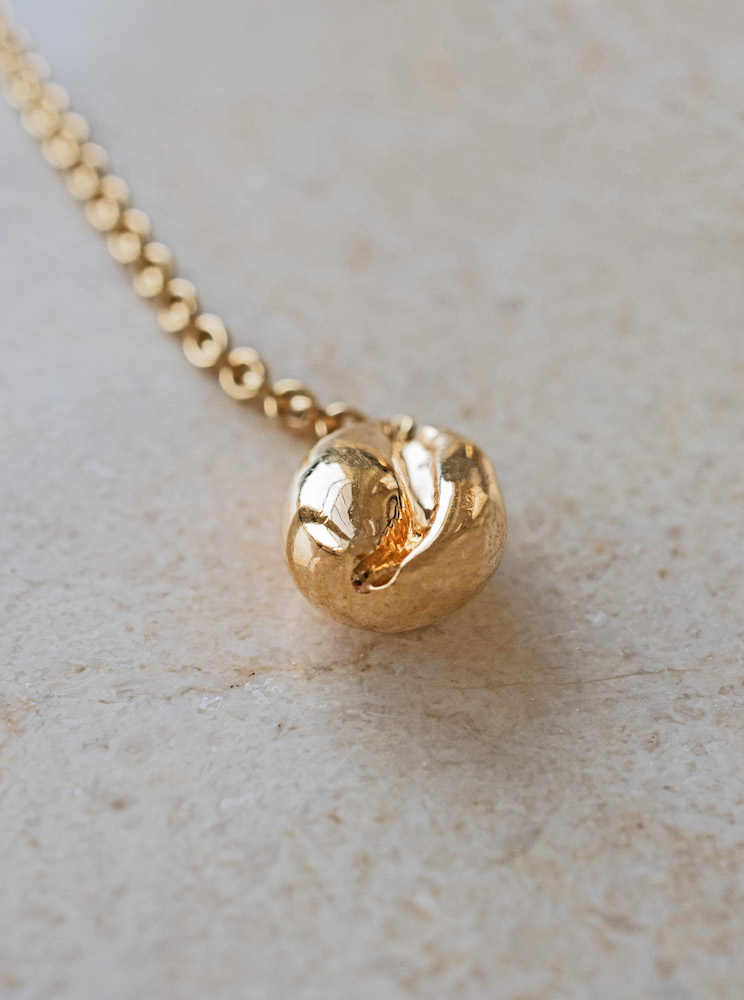
Courtesy of Almasika.
CS: We are fortunate enough to live with a lot of art in the house. I have my creative studio in my house, yet I like wandering around our artworks and rediscovering why I fell in love with certain pieces in the first place.
There is a piece by Haegue Yang, Untitled (2008), which is a printed paper recto verso folded with blue and grey colors. I have spent a lot of time looking at that particular piece lately and finding inspiration in the shapes and colors. The wonders and beauty of geometric patterns is such that, when juxtaposed, they offer the viewer a new range of perspectives. As a teaser, you can expect some interesting shapes and forms in future collections!
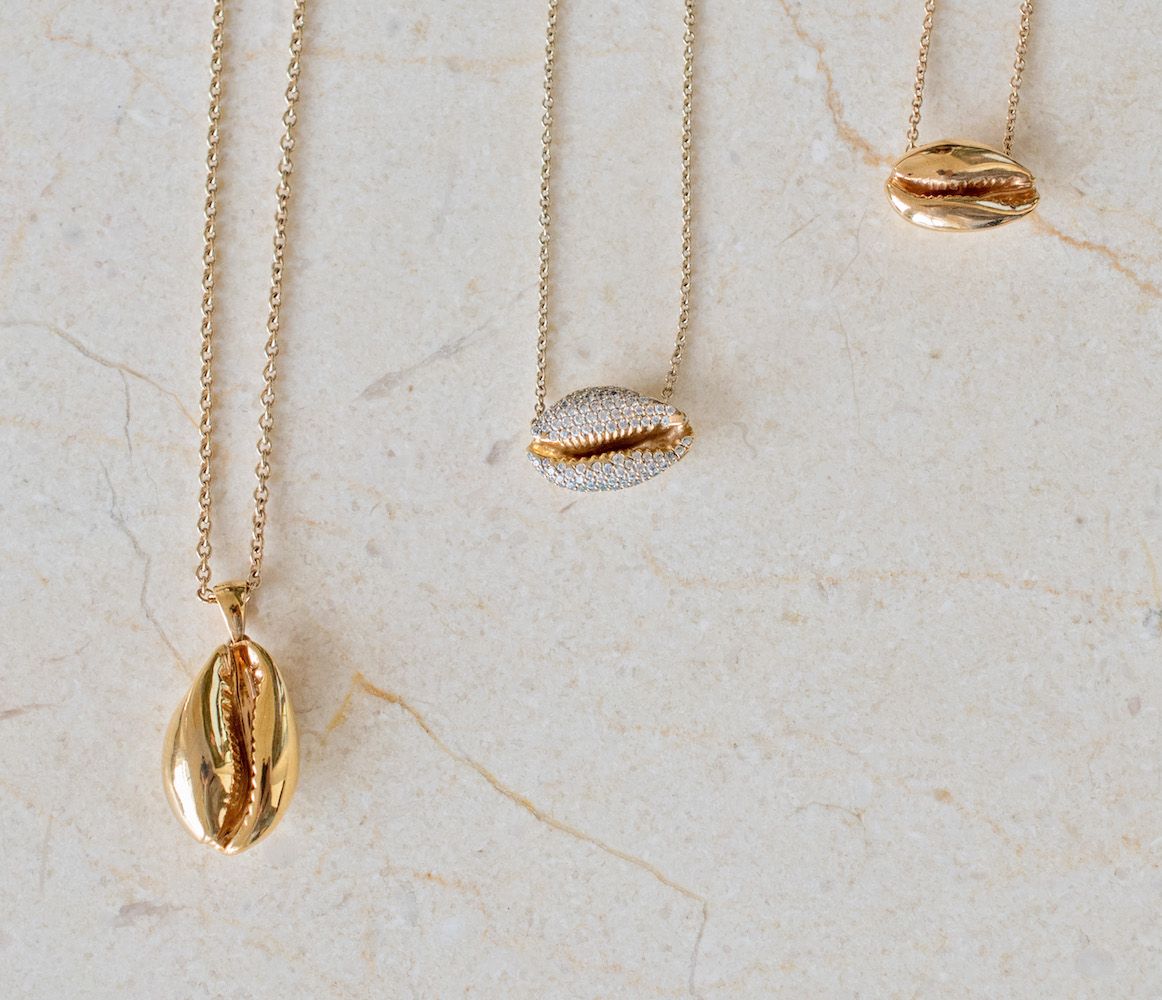
Courtesy of Almasika.
WW: Can you tell us about your use of the cowrie shell?
CS: Cowrie shells have always been part of my life. I used to wear a natural cowrie shell pendant during my teen years. I was given the pendant by a cousin in Benin. When I debuted in the iconic store Colette with Le Cauri Endiamanté collection, I wanted to pay homage to this ancestral symbol of spirituality and abundance that I reinterpreted in gold and diamonds. Cowrie shells are not a trend—they dwell deep in spiritual and symbolic references. 5,000 years ago in Ancient Nubia, women had cowrie shell adornments. They are still used today in the Art of Divination and continue to be worn as a talisman to bring good fortune. The cowrie shell also serves as a symbol of connection, as its meaning has deep significance across cultures from Africa to around the world.
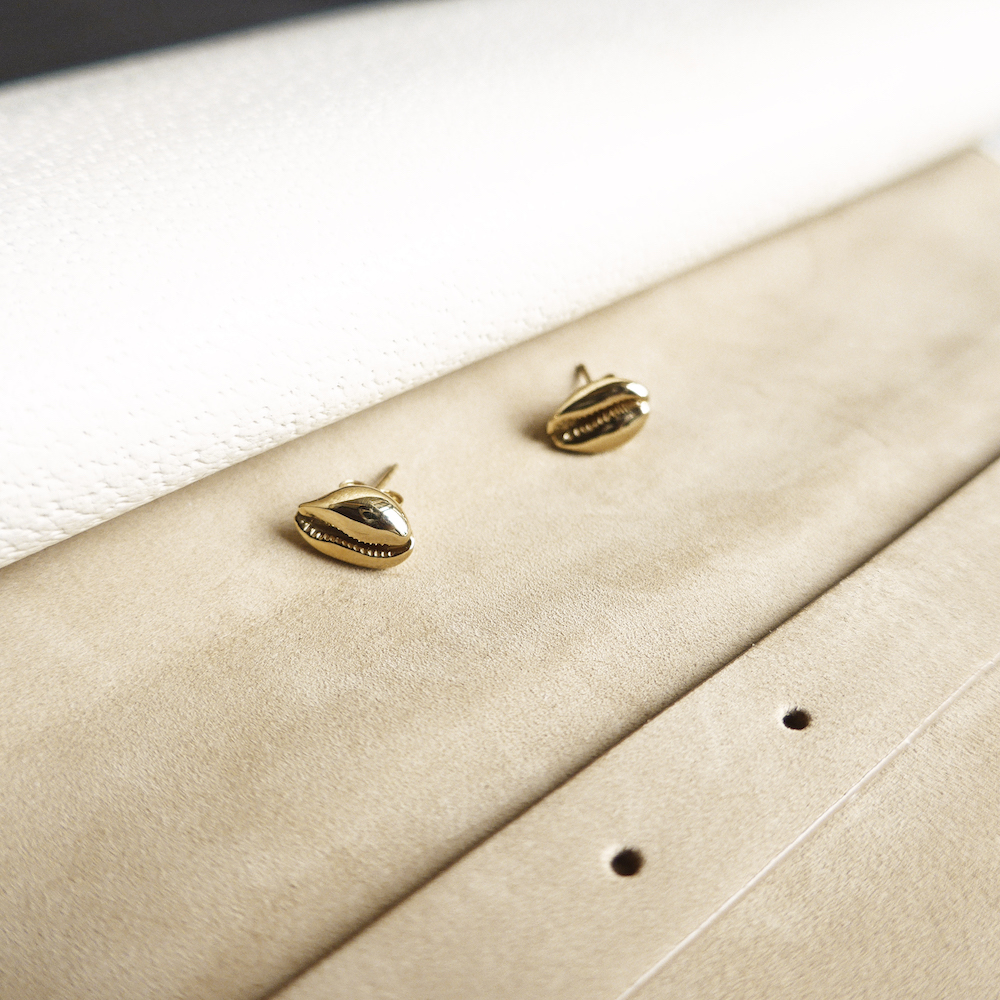
Courtesy of Almasika.
WW: What materials and stones are you drawn to?
CS: With no hesitation: gold. I just find gold such a vibrant material. It illuminates a face, an outfit, even a heart. Whenever you wear gold, it brings a special sort of light. It is fascinating to me that in so many cultures across the world from ancient Egypt to pre-Columbian civilization, gold has always held a special place. The “sika” in Almasika means “gold” in several West African languages. “Almasi” means “diamond” in Swahili.
WW: You were raised in Paris, have lived in Abu Dhabi, and are now in Chicago. Can you tell us about these different places have influenced your creative practice?
CS: Paris is where I was born. It’s special. I had the chance to get exposed at a very young age to the pride of artisan craft. It’s a serious affair. It has also influenced the silhouette of my jewelry collections. An understated Parisian look. London is where Almasika was born. I view London as a place with exceptional craftmanship but also where outstanding designers take more liberty in their designs and collections. A place where the likes of Shaun Leane or Solange Azagury Partridge have pushed the boundaries of the jewelry designs. London gave me the courage of being more adventurous in my designs and artistic ambition.
Chicago is very special too! It is a city I fell in love with at first sight. The architecture, the vibrant art community, the unparalleled civic engagements are so inspirational. I am grateful to be very involved in the art community where art is seen as a vector of social change. Almasika’s vision is to offer jewelry that does more than sparkle, and I could not have found a better place than Chicago for the re-launch of Almasika.
WW: As a new mom myself, I’m curious, how has becoming a mother impacted your creative approach?
CS: My boys became jewelry critics! My twin girls love trying on my jewelry and running around the house as three-year-old kids do. The fact that I have my design studio in the house triggers hilarious interactions with my children. The common exclamation from them is: Mummy are you working? Why are you always working?
When I had my twin girls, I reexplored the twin heritage in my own culture. I am originally from Benin, where you find the highest twin birth rate in the world. Twins are very sacred in the Beninese culture and hence my desire to create some designs honoring this heritage.
One of them is a ring called Ibeji. “Ibeji” means “twins” in Yoruba. I can’t wait to see my twin girls wearing Ibeji rings when they grow up.





